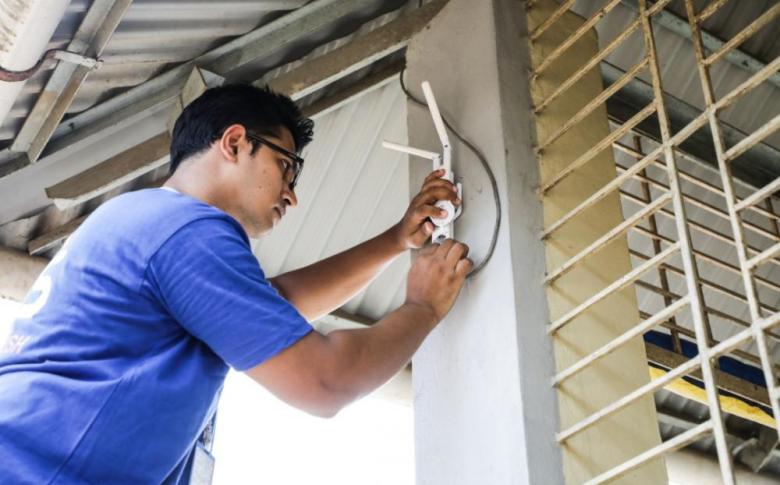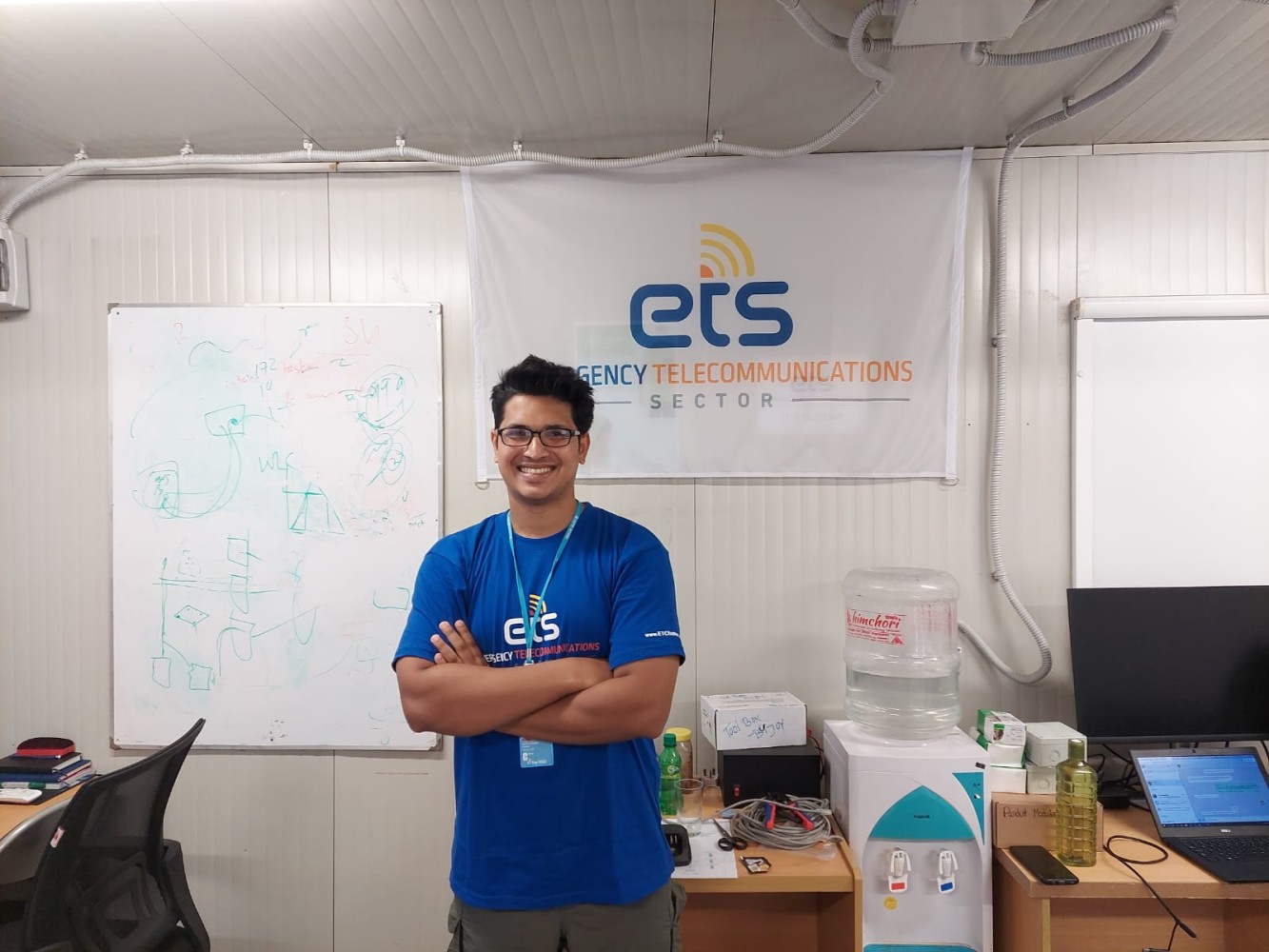Let's celebrate the power of our global humanitarian village

Originally published on World Humanitarian Day 2022 on the LinkedIn page of the TEC CIO.
It takes a village to keep the humanitarian machine moving in the world’s largest refugee camp in Cox’s Bazar, Bangladesh.
On any given day, 891,000 Rohingya refugees in the camp use their World Food Programme e-voucher cards to purchase food. And no matter the challenges big or small which can show up as intense tropical cyclones in the Bay of Bengal, or harsh rains that flood the refugee camps housing about one million people, humanitarians keep things running.
The cable running through all humanitarian operations is communications connectivity. Without it, systems grind to a halt because they depend on digitalized logistics.
People like Shaown Chowdhury, an IT Operations Assistant with the WFP-led Emergency Telecommunications Sector (ETS) in Cox’s Bazar, are the ones who make communication possible for UN agencies and non-governmental organizations.

“Without continuous data connectivity, food distribution in the camps can be very difficult,” says Shaown. “My team and I have to be prepared to solve any issues regarding food distribution as soon as they arise.”
Shaown and his team were on site during the massive fire that destroyed parts of the Rohingya camps in March 2021, but with a quick action plan, they had restored connectivity to damaged WFP sites within 12 hours of the blaze. “In our line of work, time plays a crucial role. During Emergencies we need to be on high alert,” Shaown says.
Outside work, Shaown runs a charity with his friends called Alokbortika Foundation which gives clothing to vulnerable families in winter. A fundamental belief in universal human rights is the motivation behind this effort, Shaown explains. He names his parents as the greatest inspiration for all his work.

All photos: WFP/ETS, Atanu Sarma